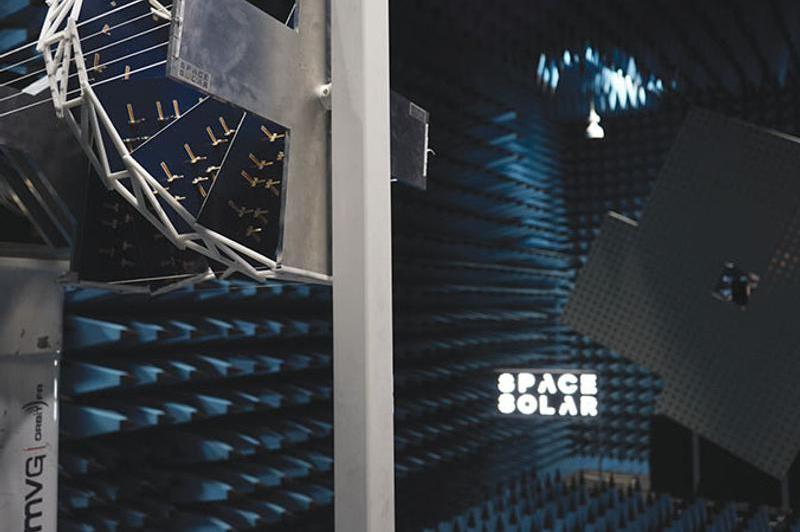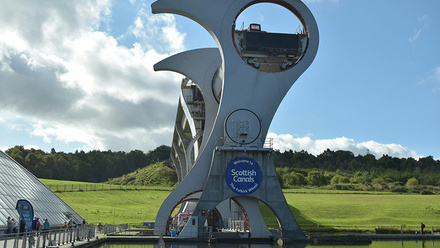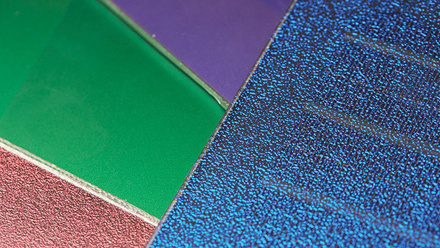Space solar satellite takes off
A 'world-first' prototype of a space solar satellite has been tested at Queen’s University Belfast, UK.

Space Solar Ltd in Oxfordshire aims to deploy satellites in Geostationary Earth Orbit with large, lightweight solar panels and mirrors to capture and convert sunlight into electricity.
After 10-years-plus working with the University’s Centre for Wireless Innovation, their satellite can constantly face the Sun while orbiting moving objects and convert sunlight into radio waves for beaming to a fixed point on Earth. On the ground, antennae collect and convert these into electricity.
The company says the solar panels could provide a dozen times more energy than if they were grounded on Earth, as without clouds, atmosphere and ‘night time’, there is greater light intensity.
The 0.5m-diameter prototype has over 150 antennae. The firm estimates a full-scale satellite, with 2km-diameter antennae, could provide ~2GW of continuous power – enough for one million homes – in all weather.
Solar-power satellites delivering constant power while orbiting Earth have to simultaneously track the Sun and a ground receiver. The CASSIOPeiA satellite has the 'first 360° wireless power transmission', aka HARRIER, with a helical power core of a radio frequency power amplifier and antenna transmitter, says Co-CEO of the firm Martin Soltau. A receiving rectenna converts the frequency into electricity and a retrodirective pilot beam steers the satellite.
Soltau says, 'Other designs use motor-driven mechanisms to steer very large solar panels or the reflecting mirrors. CASSIOPeiA is unique in delivering this continuous power through electronic beam steering with no moving parts, resulting in a much smaller and lighter system.'
After six months building, HARRIER has been tested in an anechoic chamber to mimic conditions 36,000km up in Space, sending highly directional, microwave beams.
They have transmitted 100W of radio frequency power and converted it to DC electricity, lighting up a SpaceSolar sign. The microwave-energy transmitter was 85% efficient, using the cross-helical antenna array structure to beam the energy.
Soltau says the rectenna conversion efficiency nears 90%. With other beam losses, such as small atmospheric attenuation, it has an overall conversion efficiency of about 60%.
Soltau notes that fully sized, the radio frequency intensity at the rectenna edge would be a maximum of 10W/m2 for safety.
They chose radio frequencies instead of higher laser frequencies, as at 5.8GHz, they can transmit through the atmosphere with almost no loss and the beaming intensity can be made safe. However, the overall power density is comparatively low, so the gigawatt-scale rectenna has to be several kilometres in diameter. But it only uses 40% of a solar farm’s footprint on land to produce the same energy over a year, Soltau points out, or 8% of an offshore windfarm’s.
It is not constrained by one photovoltaic technology and can be optimised for type and solar concentration level.
More simulations are planned for 2025 to fine-tune the technology and start scaling. Space trials are targeted for 2030, and the partnership envisages several hundred satellites, needing over 60 rocket flights and automated installation.
The current largest satellite is 110m high, so scaling to 1.7km – twice the tallest building – seems ambitious. Soltau notes the interim stages, including an in-space demonstrator at 500kg and a few metres wide and a 50MW, 400m-diameter device – launched with its assembly systems by a single rocket.







